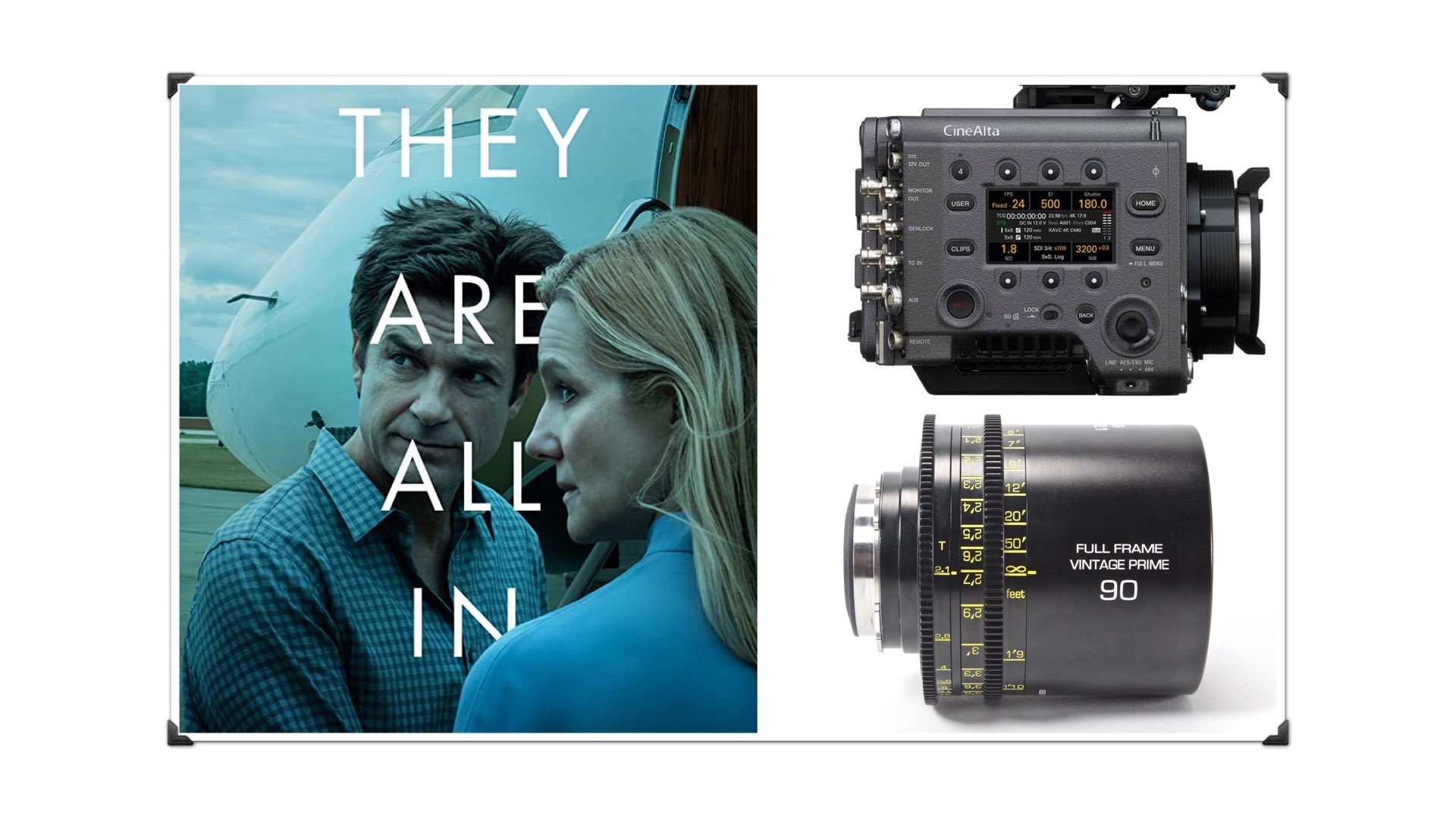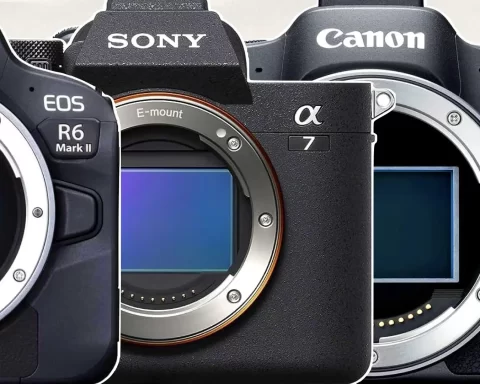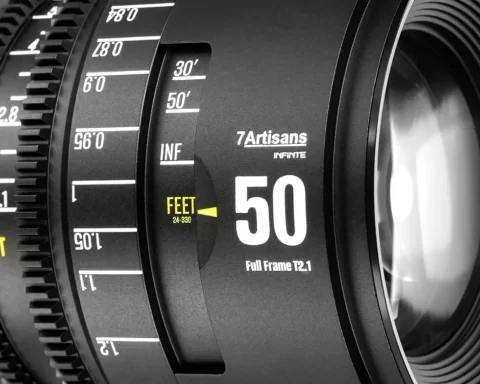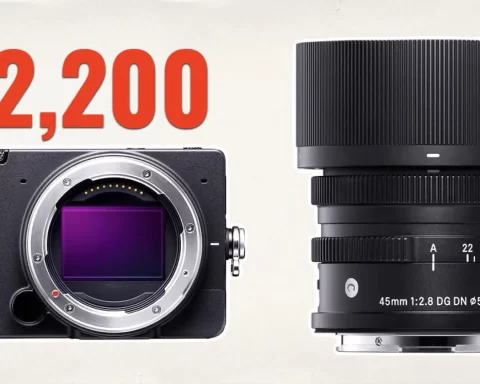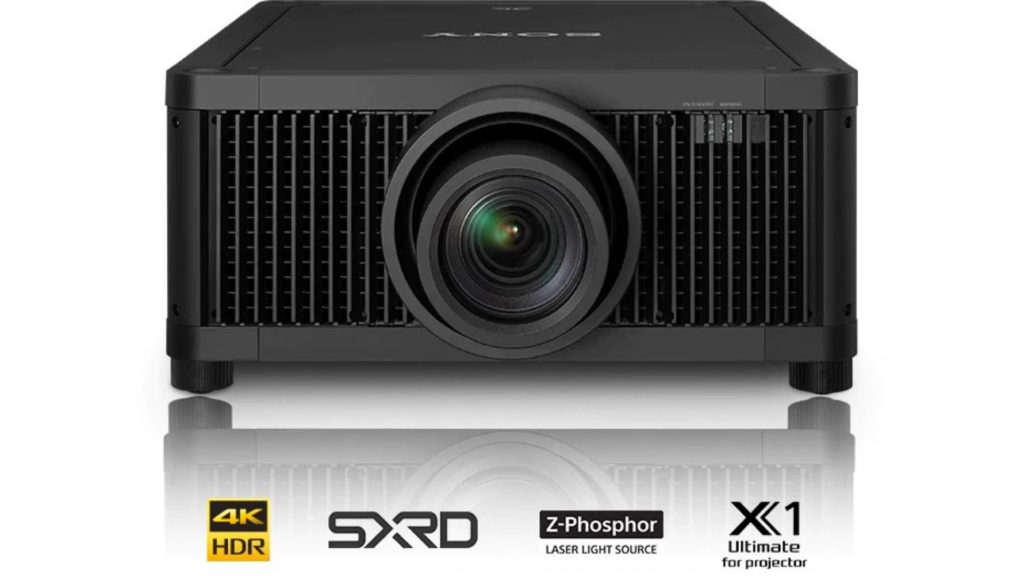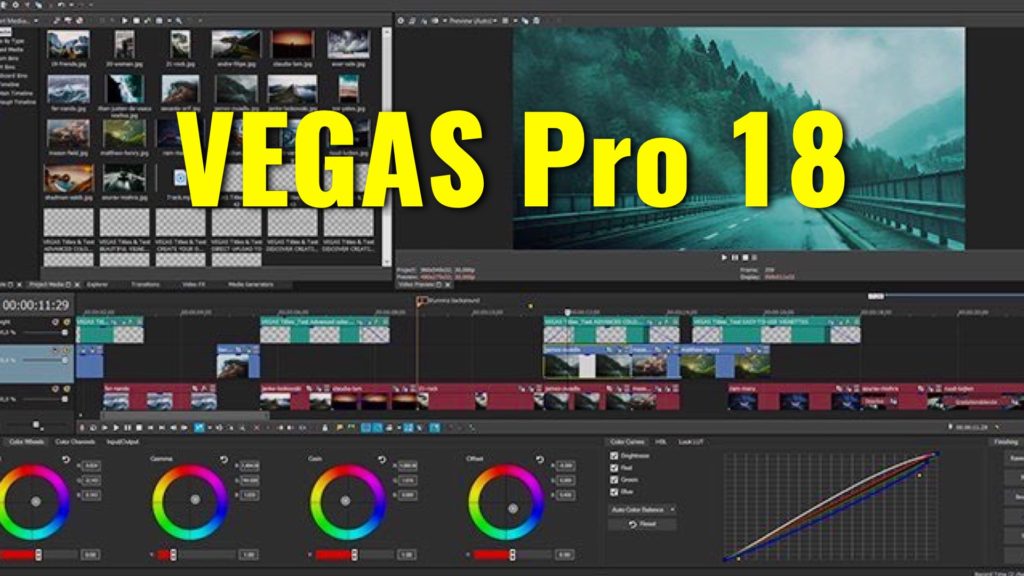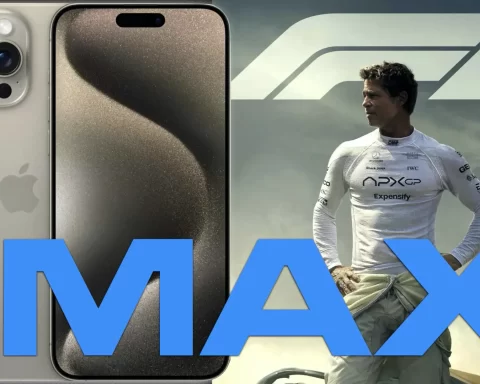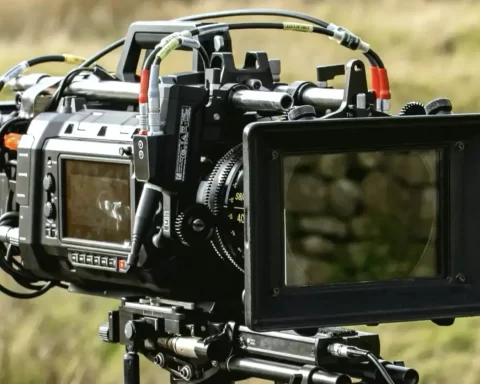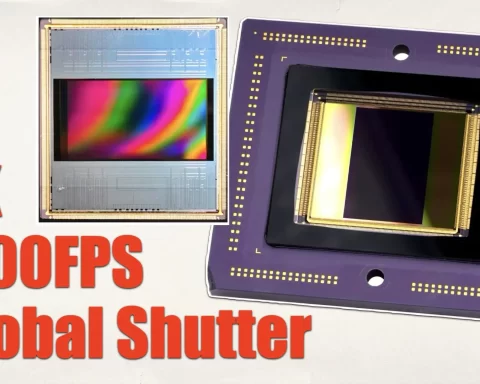What are the reasons Ozark’s DP, Ben Kutchins, has decided to switch over to the Sony VENICE when shooting season 3 after two seasons shot extensively with the Panasonic Varicam? Thanks to this excellent educational piece of an interview held by Go Creative Show, we can explore Ben’s insights regarding the new look of Ozark.

Ozark: Emmy’s Outstanding Cinematography nominee for the second time
This is the second time cinematographer Ben Kutchins is being nominated for Outstanding Cinematography for a Single-Camera Series (one hour) with Ozark. Kutchins has been nominated before in 2018, and now in 72nd Emmy Awards 2020 for the same category together with Armando Salas, ASC. However, this time the visuals have changed dramatically, as seasons one and two were shot with the Panasonic Varicam, in season three the production has switched over to the Sony VENICE. Why? This excellent very educational and straightforward podcast by Go Creative Show sheds light on this strategic cinematography decision. Scroll down and read the insights.
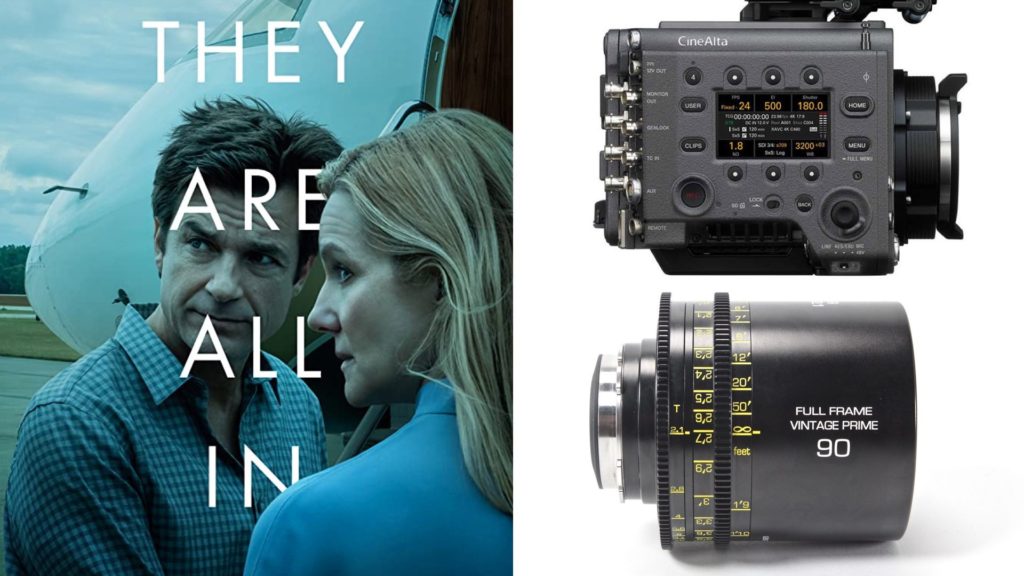
The VENICE dominates Emmy 2020
There is a new tendency that Many DPs prefer the VENICE to create their vision. This decision can be born for a variety of reasons. We wrote an article focusing on the statistics regarding 72nd Emmy Awards for Outstanding Cinematography in three categories: Limited Series or Movie, Single-Camera Series (Half-Hour), and Single-Camera Series (One Hour). The results were quite surprising as the most used camera model was the VENICE, following by the DXL2 (ARRI still continues to lead as the main camera manufacturer). Explore the chart below that demonstrates the cameras used to shoot the Emmy 2020 Outstanding Cinematography nominees in the above categories.
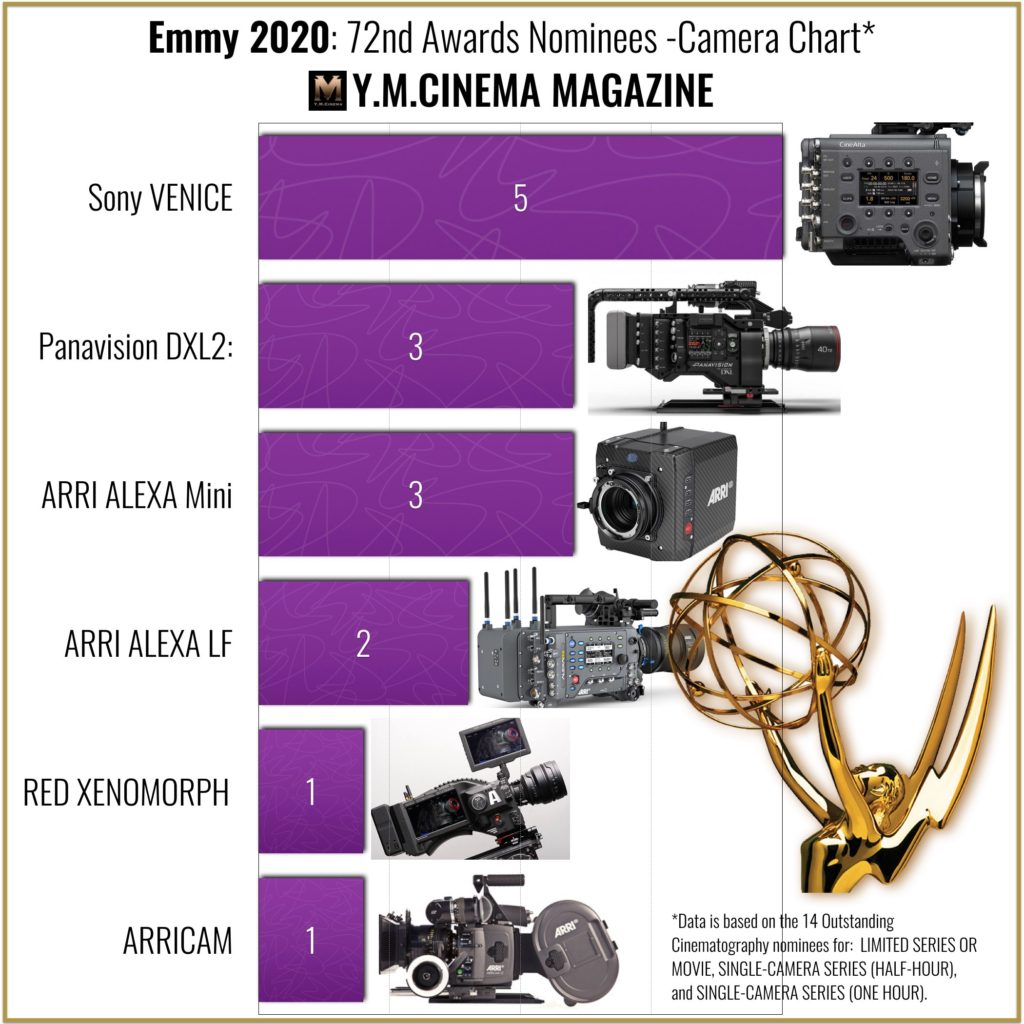
Ozark season 3: From Panasonic Varicam to Sony Venice
In this excellent interview held by Go Creative Show, Kutchins elaborates on the cinematography aspects of season 3 of Ozark, with a special focus on what made him choose the VENICE over Panasonic VariCam that ruled the vision of season 1 and 2. Although cameras constitute about 1% of the total budget, switching a camera is a big deal for productions, since the camera defines the secret sauce of the overall look and imagery. As explained by Kutchins, the Panasonic Varicam is at the same level as Alexa and RED, however, it’s a Super 35 camera, so the production aimed for a full-frame sensor. “I’m not a RED person, so we have tested the ALEXA LF and VENICE,” Kutchins says.
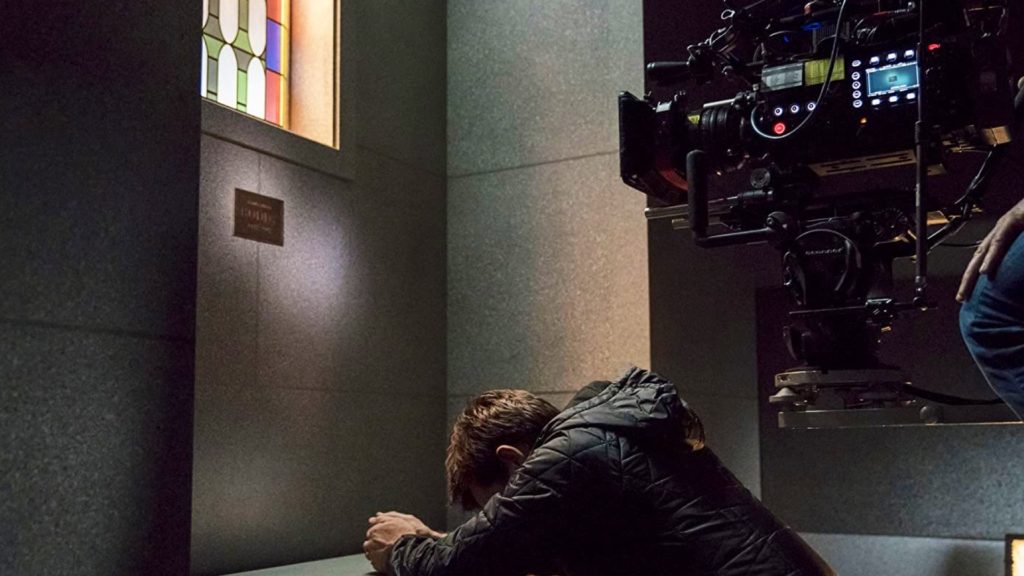
What’s special about the VENICE?
According to Kutchins, the form factor is the main advantage. Kutchins wanted a camera that is smaller than the ALEXA LF, however, the Mini LF wasn’t available at that time (there weren’t many Mini LF back then). And For that reason, the Sony VENICE seemed like a much lighter and more compact option than the ALEXA LF. Nevertheless, reading between the lines it seems that the ALEXA Mini LF was the first option, but again, it wasn’t available (Will Ozard season 4 be shooting on the ALEXA Mini LF?). Moreover, VENICE owns a significant advantage with the ability to disconnect the sensor from the body and thus making it even more compact to shoot in tighter places. A valid reference for that application is Top Gun: Maverick cinematography when six Sony VENICE 6K cinema cameras were implemented inside a fighter-jet cockpit (read: Top Gun: Maverick – Six Sony VENICE Cameras Inside a Fighter-Jet Cockpit). Also, good utilization of the VENICE’s extension unit can be demonstrated on Netflix’s “Dead to Me” (read: Netflix’s “Dead to Me”: Large Format Creation Made on Sony Venice and Cooke S7/i).
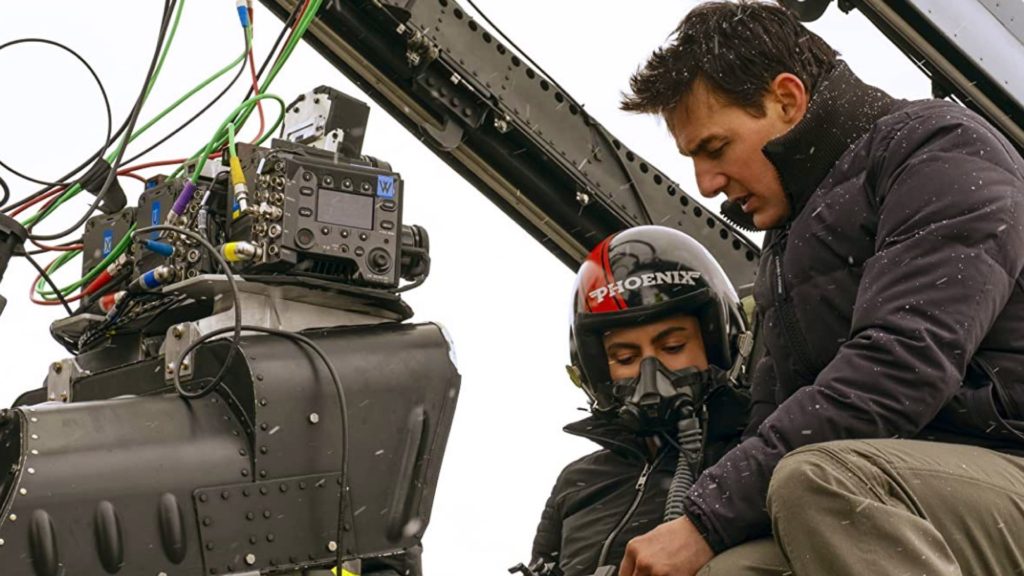
Switching to large format cinematography
Furthermore, the VENICE has a large sensor that performs better in low light environments and that’s important especially in Ozark since it’s a “very dark show” Kutchins explains. Moreover, there are numerous pros of large format cinematography, for instance, more FOV, shallower DOF, less distortion in closeups due to the ability to use lower focal lengths lenses close to the object and etc. ). “The beauty of the large format it that it emphasizes the character, separating it from the background” Kutchins adds. All of those cinematography characteristics are well observed in the third season of Ozark. Regarding lenses, the production utilized Leica R rehoused (vintage lenses) for the sharp, yet creme look. The main focal lengths were 35, 50, and 80 mm because the large sensor of the VENICE allowed using the best focal length for shooting faces. Indeed that’s one of the major advantages when shooting large format.
For the entire interview, check out the video below. We truly recommend you to listen to the whole episode since it touches more fascinating cinematography facts and topics about Ozark season 3, like lighting, locations and camera movement.

